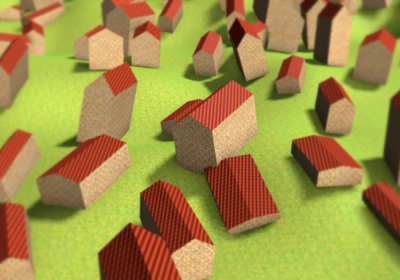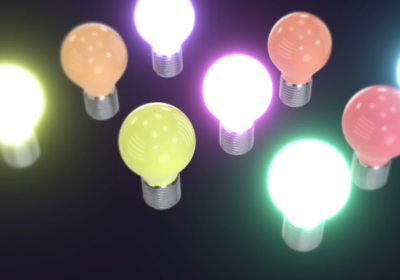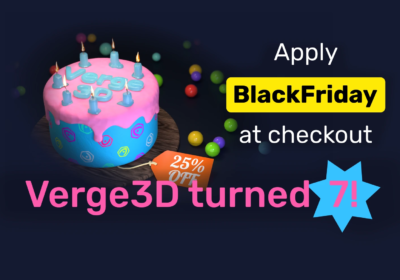We are excited to deliver another bunch of great features and a new demo to 3ds Max users! Here is the list of the most significant features:
- New demo – Scooter Customizer!
- Advanced physical materials
- HDR rendering pipeline and radiance HDR textures
- Post-processing effects – bloom, brightness-contrast, grayscale, DOF and SSAO
- Many new puzzles including those for changing Controller maps of materials and the environment
- Dozens of other improvements and bug fixes.
Scooter Customizer
This full-blown web customizer offers a scooter in 14 colors, 6 seat leather types, 12 types of wheels + 5 tires, 4 wind shields, 2 ways to position the side mirrors, several types of front and rear racks and other options to personalize your vehicle. We counted approx. 1,000,000 of possible combinations realized in this lightweight 3D product configurator that loads only 11.4 Mb upon startup!
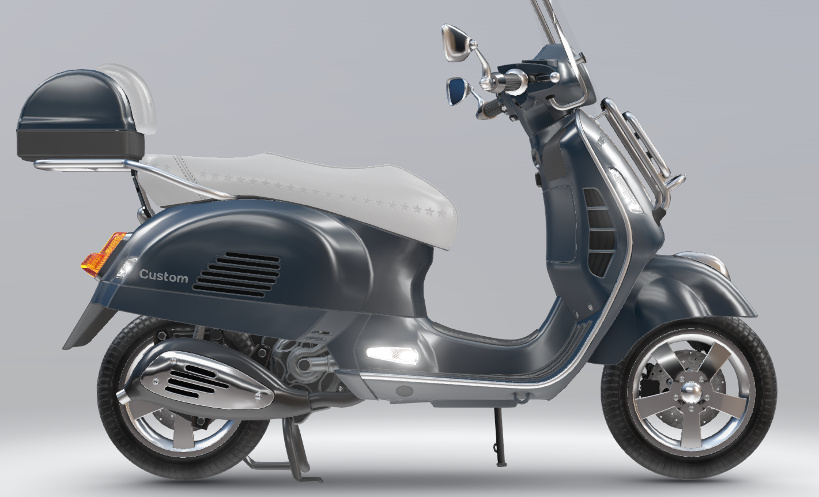
The app also features HDRi lighting (that allowed us to get rid of all lamps), bloom, new puzzles for modifying materials without replacing them, the puzzle for loading textures on demand, and other functionality that we used for the first time.
We plan to extend the feature set of the 3ds Max version of Scooter in the future releases. Particularly, we’re going to upgrade the car paint material with additional layer and implement the possibility to change the environment in this demo.
Physical Materials
Verge3D rendering of physical materials is now much more consistent with ART render. Among other improvements are the better anti-aliasing and transparency rendering.
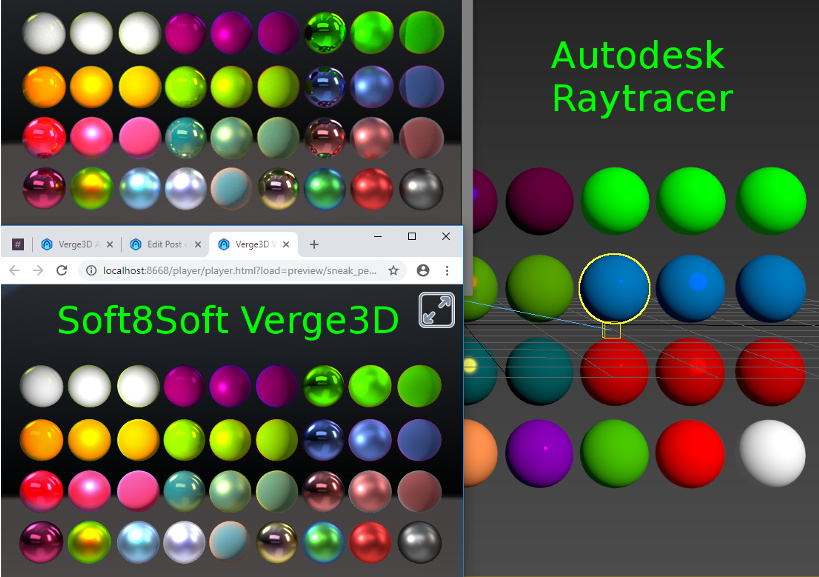
More material maps are now supported, including Color Map, Mask, Output, RGB Tint, as well as the Blend material:
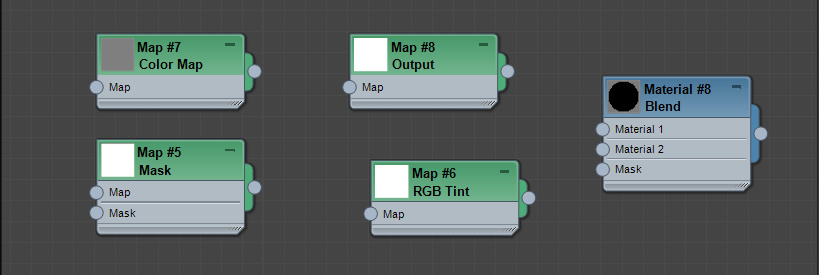
Color Correction map can now be animated, and Verge3D now also supports its Hue Tint and Strength parameters:
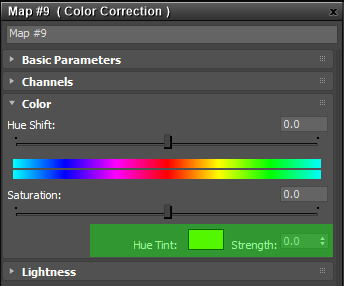
Map Channel parameter can now be used with procedural texture maps (such as Checker, Gradient, Noise, etc) – this parameter allows you to refer to multiple UVs in your material:
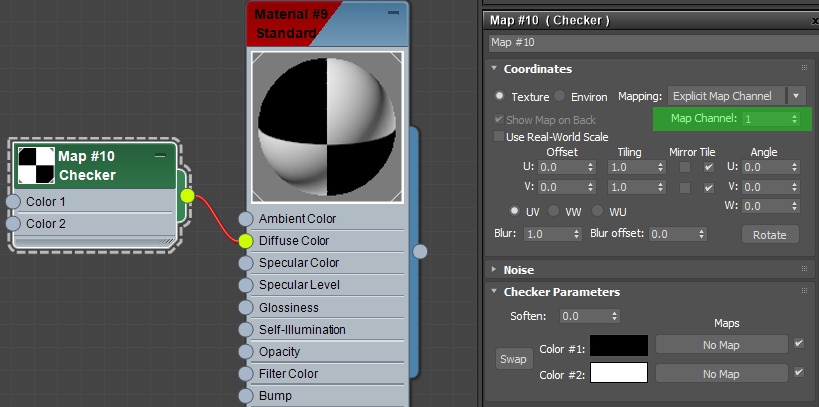
Significantly (up to 3 times!) reduced the loading time of applications that are using lots of physical shaders (which caused freezing at 100% of loading progress). We also optimized the rendering of physical materials increasing FPS on some scenes by 1.5x-2x factor.
HDR Rendering, Lighting and Environment
With this release we are introducing the HDR (high dynamic range) rendering pipeline, which can be enabled with the corresponding checkbox on Verge3D Export Settings panel. In this mode, half-float textures are used by the engine for better precision and intensity range.
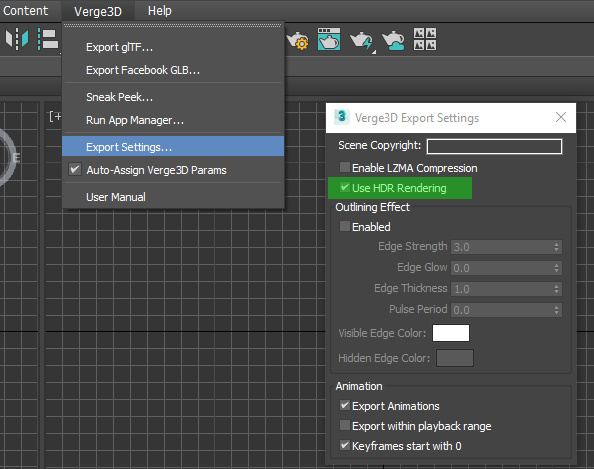
Besides that, radiance HDR textures (aka RGBE) are now supported. These textures allow for imitating complex lighting conditions – for example, if there are too many light sources to be represented by traditional lamps, or they are extended.
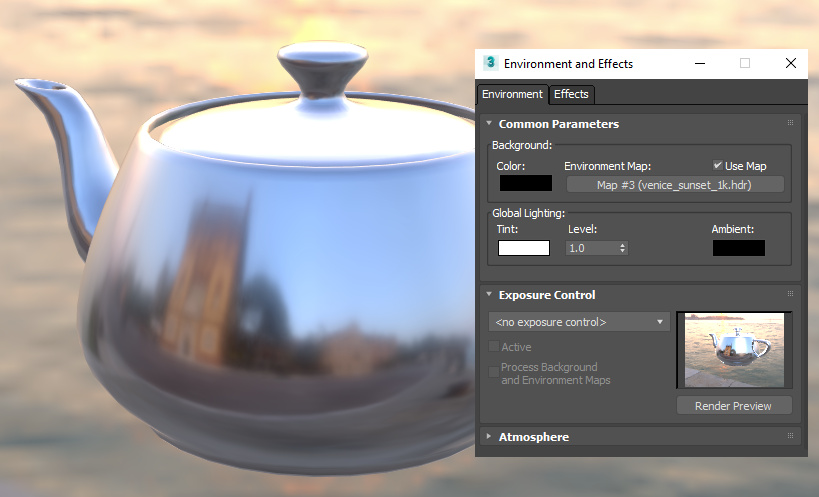
Logarithmic Exposure Control is now supported. This feature allows you to adjust the output levels and color range of a rendering:
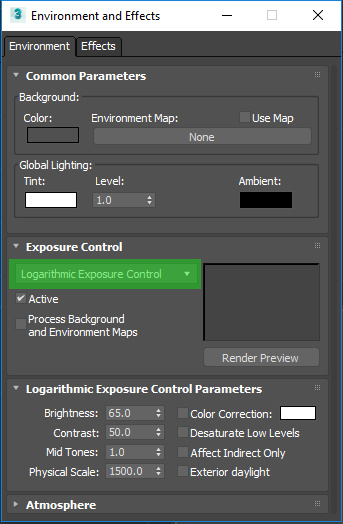
This option is also automatically suggested to select when you add a new photometric light:
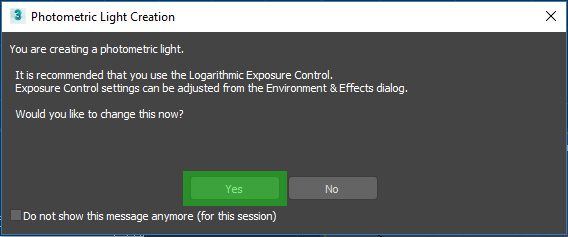
Complex multi-map environments are now supported by Verge3D. You can also replace textures and modify parameters of environments with Puzzles (see below).
Finally, we introduce experimental support for Physical Sun & Sky Environment setups so that you can use a Sun Positioner to visualize outdoor scenes.
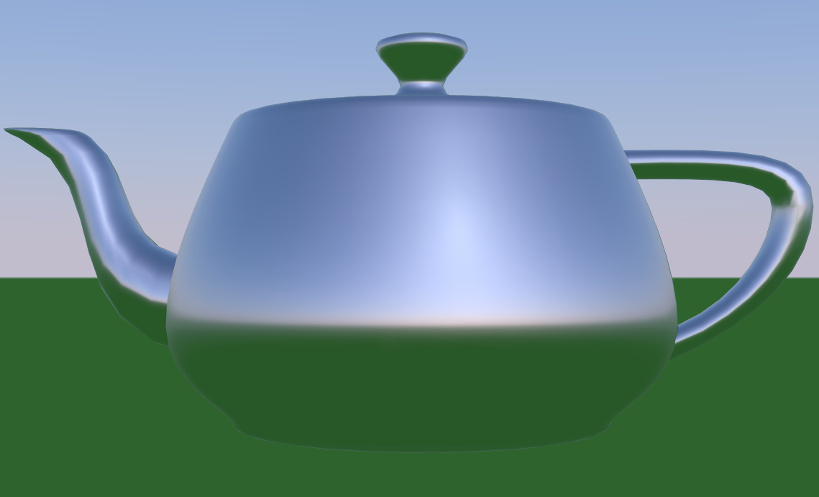
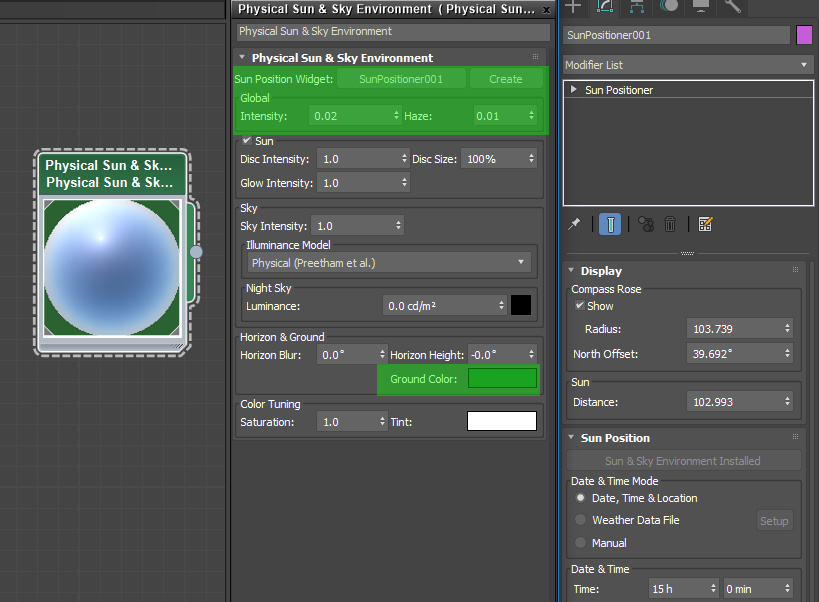
Post-processing
Several post-processing effects can now be enabled with Puzzles, including bloom (which works best with HDR enabled), brightness-contrast, grayscale, depth of field and ambient occlusion. Parameters for these effects can be changed in runtime or animated with high performance thanks to internal caching. There is also a puzzle for removing all post-processing effects from a scene.
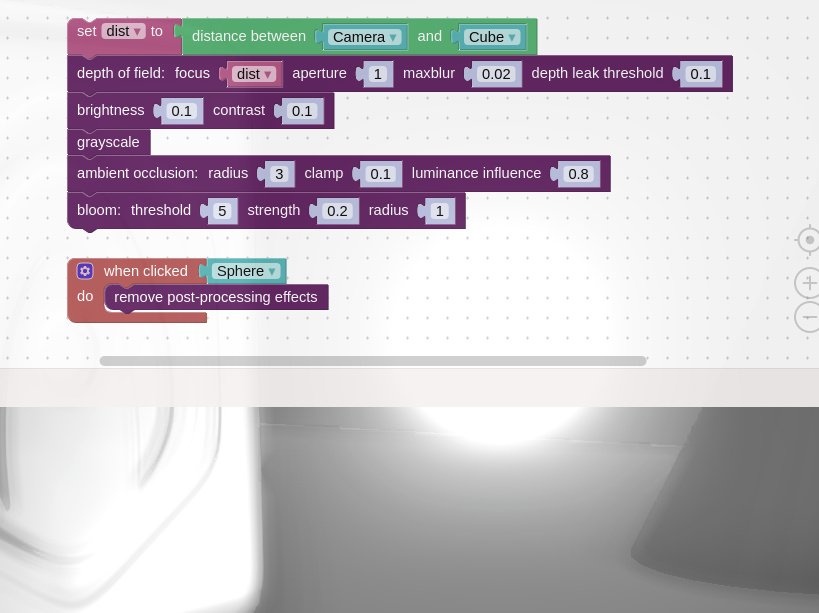
Puzzles
Besides the above-mentioned post-processing puzzles, we have got some new ones while some others were improved.
The play animation puzzle was upgraded to become configurable and much more powerful. Particularly, it now allows you to break a long animation into smaller ranges to play them independently of each other, with looping and other settings applied individually to each range. We also fixed several issues reported by the community such as the impossibility to play a range in reverse.
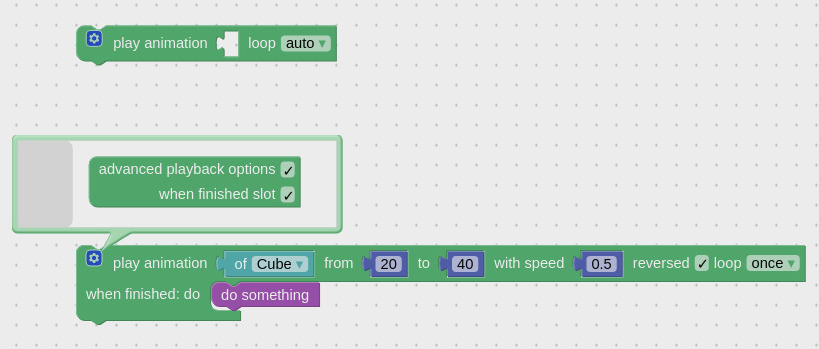
The both old play animation puzzles will continue working in your apps but we recommend you to replace them for the better version.
The new print performance info puzzle was introduced in this release. Now you can look for bottlenecks by inspecting a sorted list of all shaders used in your app, and focus your optimization efforts on the heaviest of them.
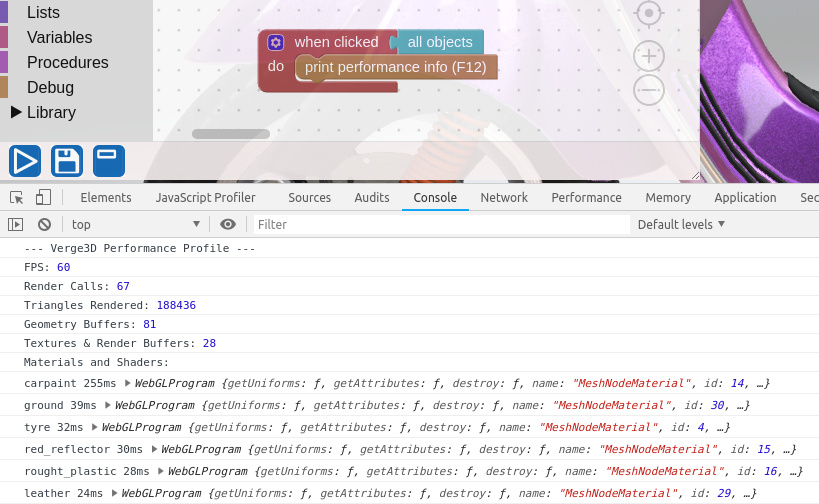
These are very important puzzles that you can use to modify material parameters on the fly: set color and set value.

You can add Controllers in your standard or physical materials and their names will be shown in the dropdown menu. In addition, diffuse (or “base”) color inputs for standard or physical material nodes, as well as the most parameters of glTF-compliant PBR materials are accessible via this puzzle.
In addition to regular materials, environment is fully customizable via the same set color and set value puzzles. This allows for switching between night and daytime conditions and makes other artistic (or rather programmatic) effects possible.
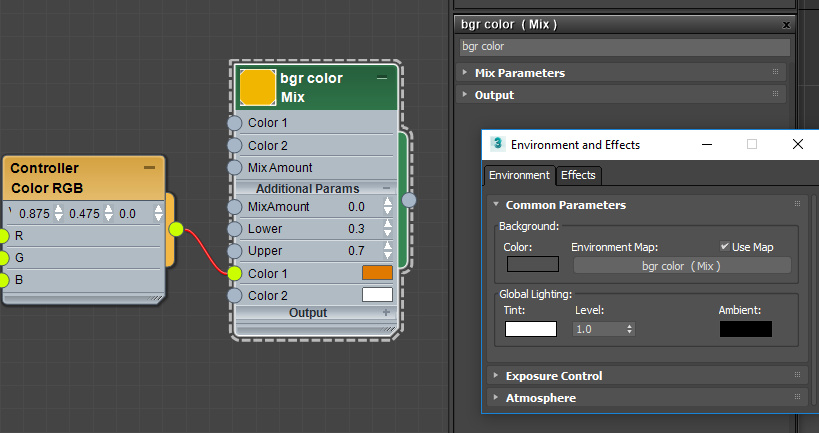
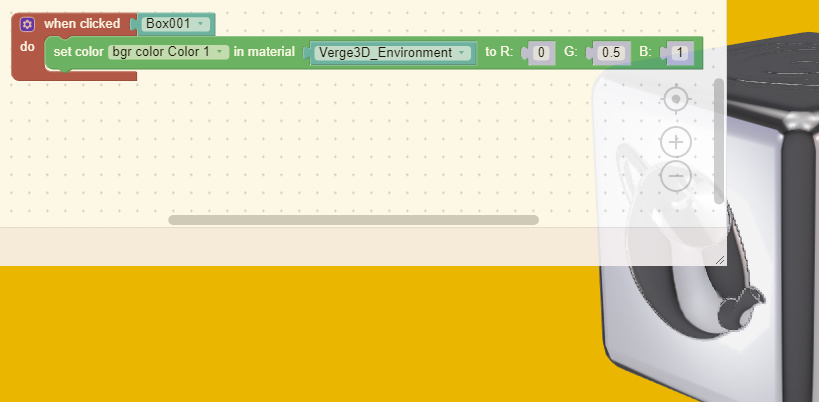
The new feature available puzzle will allow to check the capabilities of your users’ browsers and devices. Particularly, if HDR is unavailable (due to half-float textures unsupported by a system), you can artificially increase the intensity of your environment to prevent your rendering from being too dark.
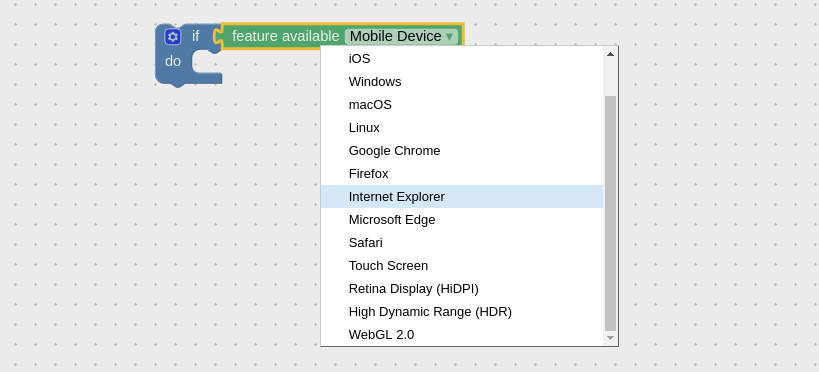
The open web page puzzle now has the option to ignore iframes when opening a web address in the same tab.

Another new puzzle, to fixed point, will allow you to handle JavaScript precision issues when operating with float numbers.

The Puzzles editor now keep the focus on the particular puzzles when the editor window is resized or another tab is selected.
The Help menu for Variable and Procedure puzzles now leads to the corresponding places in the Puzzles Reference.
Other Improvements
Dithering option was added to material settings. It can help eliminate or reduce banding.
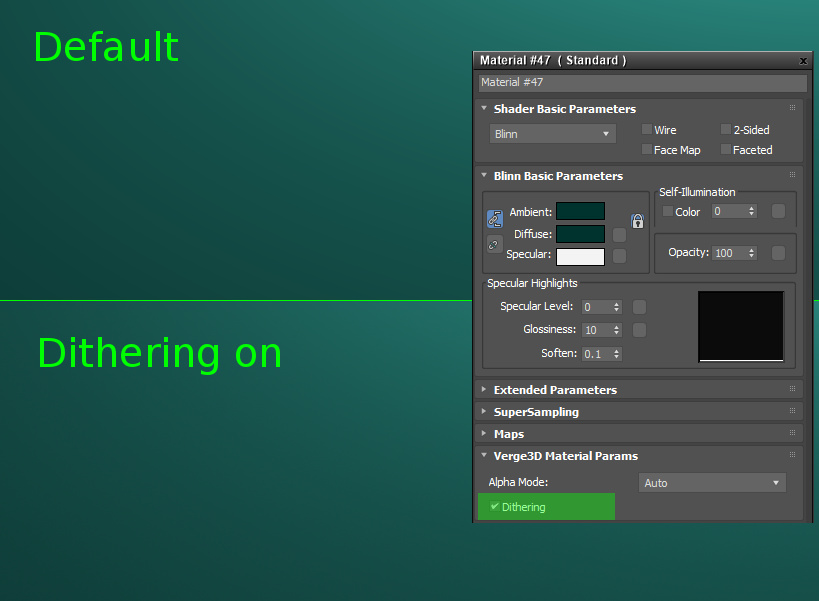
The App Manager now reports how many days are left from the grace period for renewal of your maintenance subscription.
Bug Fixes
- Shadows are now cast properly from point lights.
- Fixed class -> className property in the set attribute puzzle.
- Fixed the Puzzles editor disappearing after updates.
- Fixed the animation bug in the Industrial robot demo.
- Fixed camera tweening puzzle when the camera is parented to some object.
- Constraint puzzles now work for the camera as well.
- Fixed crash if VRay materials are present on a scene.
In Closing
For consistency with the Blender version, we assigned number 2.9.2 to this build, as it includes all bug fixes and tweaks made during past 3 weeks. As always, we’d happy to hear your feedback on the forums or below in the comments!

